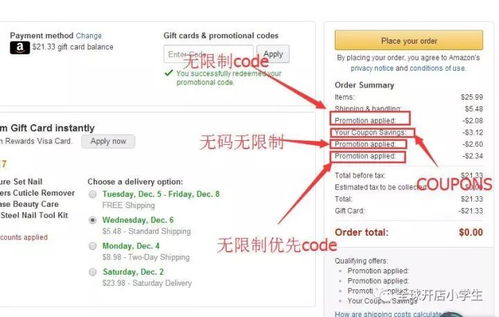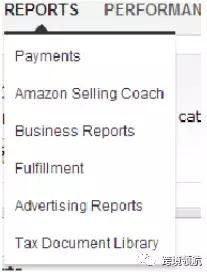Understanding the Amazon Selling Model

Are you looking to earn money by selling on Amazon? If so, you’ve come to the right place. Amazon is one of the largest online marketplaces in the world, offering a vast array of products and services to millions of customers. By leveraging the platform, you can tap into a global market and potentially earn a substantial income. Let’s dive into the details of how you can make money selling on Amazon.
Choosing Your Niche

Before you start selling on Amazon, it’s crucial to identify a niche market. This involves selecting a product category that you are passionate about and that has a demand in the market. Conduct thorough market research to understand the competition, customer preferences, and potential profitability. Some popular niches include health and beauty, electronics, home and garden, and fashion.
Product Sourcing

Once you’ve identified your niche, the next step is to source your products. There are several ways to do this:
-
Wholesale suppliers: You can find wholesale suppliers by searching online directories, attending trade shows, or using platforms like Alibaba.
-
Private label: Private labeling allows you to create your own branded products. This can be done by working with manufacturers who can produce products under your brand name.
-
Dropshipping: Dropshipping is a popular method where you sell products without physically holding inventory. When a customer places an order, you purchase the product from a third-party supplier and have it shipped directly to the customer.
Setting Up Your Amazon Account
Once you have your products sourced, it’s time to set up your Amazon account. You can choose between an individual or professional seller account. The professional account offers more features, such as access to Amazon’s advertising platform and the ability to list an unlimited number of products. However, it requires a monthly subscription fee.
Optimizing Your Product Listings
Creating compelling product listings is essential for attracting customers and driving sales. Here are some key elements to consider:
-
High-quality images: Use clear, professional images that showcase your products from multiple angles.
-
Compelling titles: Include relevant keywords in your titles to improve search visibility.
-
Detailed descriptions: Provide comprehensive information about your products, including features, specifications, and usage instructions.
-
Customer reviews: Encourage customers to leave reviews and respond to them promptly to build trust and credibility.
Understanding Amazon’s Pricing Strategy
Amazon’s pricing strategy is dynamic and can be influenced by various factors, such as competition, demand, and inventory levels. To maximize your profits, consider the following:
-
Competitive pricing: Research your competitors’ prices and set your own prices accordingly.
-
Cost analysis: Calculate your costs, including product sourcing, shipping, and Amazon fees, to determine your profit margins.
-
Dynamic pricing: Use Amazon’s dynamic pricing tools to adjust your prices based on real-time market conditions.
Managing Your Inventory
Effectively managing your inventory is crucial to ensure smooth operations and customer satisfaction. Here are some tips:
-
Order fulfillment: Decide whether you will handle order fulfillment yourself or use Amazon’s Fulfilled by Amazon (FBA) program.
-
Inventory tracking: Use inventory management tools to keep track of your stock levels and avoid overstocking or stockouts.
-
Product returns: Establish a clear return policy and handle returns promptly to maintain customer satisfaction.
Leveraging Amazon’s Marketing Tools
Amazon offers various marketing tools to help you promote your products and increase sales. Some of the key tools include:
-
Amazon’s advertising platform: Use sponsored products, sponsored brands, and Amazon Stores to promote your products.
-
Amazon’s Early Reviewer Program: Encourage customers to leave reviews by offering them a discount on their next purchase.
-
Amazon’s Vine Program: Gain access to a panel of Amazon’s most engaged reviewers to promote your products.
Monitoring Your Performance
Regularly monitoring your performance is



